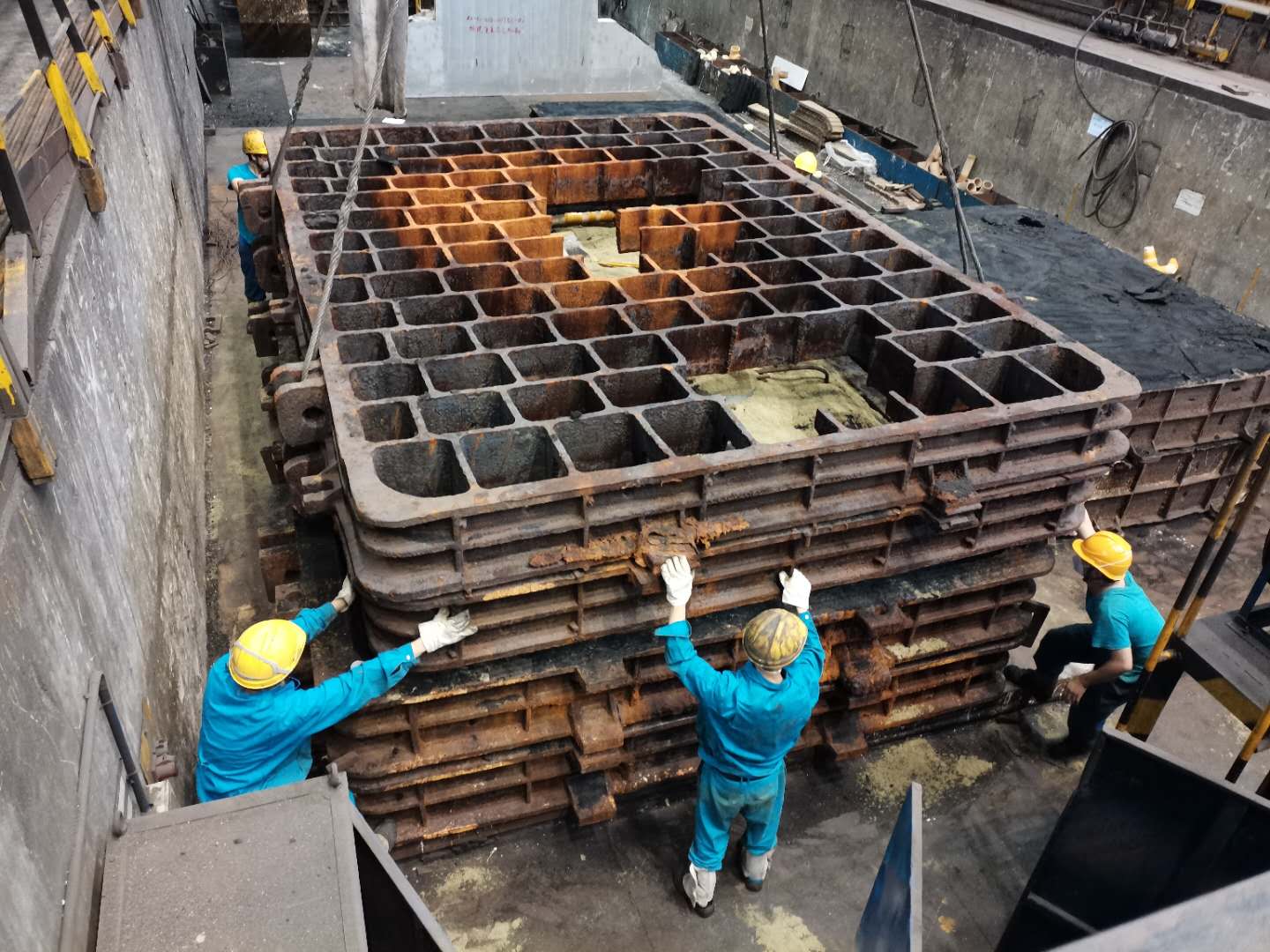Advantages of Sand Casting
Sand casting, one of the oldest and most versatile manufacturing processes in the world, remains a staple in various industries due to its numerous advantages. This technique involves creating a mold from sand into which molten metal is poured to create a variety of metal parts. Despite advancements in technology and the introduction of other casting methods, sand casting continues to thrive and is widely utilized for a range of applications. Here, we delve into the key advantages of sand casting, illustrating why it is a preferred choice for many manufacturers.
1. Cost-Effectiveness
One of the most significant advantages of sand casting is its cost-effectiveness. The materials used for making sand molds, primarily silica sand, are readily available and relatively inexpensive. This makes sand casting an economical option for producing metal components, especially in small to medium-sized productions where complex patterns can be designed without incurring excessive costs. Furthermore, the tooling costs associated with sand casting are lower compared to other casting methods, making it financially viable for many businesses.
2. Versatility in Materials
Sand casting can accommodate a wide range of metals, including aluminum, bronze, brass, and cast iron, among others. This versatility allows for the production of parts with varying properties, tailored to specific applications. Moreover, the ability to cast both ferrous and non-ferrous materials broadens the scope of projects that can be executed, catering to the diverse needs of industries such as automotive, aerospace, and construction.
The sand casting process is particularly adept at producing complex shapes and intricate designs that would be challenging, if not impossible, to achieve with other manufacturing methods. The flexibility of sand molds allows for detailed patterns and fine features, which are essential in creating components with technical requirements. As a result, sand casting can yield high-quality products that meet stringent specifications, making it suitable for precision engineering applications.
4. Large-Scale Production Capability
sand casting advantages

Unlike some other casting methods that are limited by the size of the mold, sand casting has the potential for large-scale production. The size of sand molds can be easily adjusted, enabling manufacturers to produce both small and large components efficiently. This scalability is particularly beneficial for operations that require the production of different-sized parts simultaneously, thereby enhancing workflow and reducing lead times.
5. High Tolerance Levels
Sand casting is known for its ability to achieve high dimensional accuracy and tolerance levels. The use of advanced techniques and expert craftsmanship allows for the production of parts that fit together perfectly, which is critical in assembly operations. By employing meticulous mold design and careful handling of materials, manufacturers can minimize defects and ensure that finished products conform to specified tolerances.
6. Environmentally Friendly Option
In recent years, sand casting has gained recognition for being an environmentally friendly manufacturing process. The sand used in molds can be reused multiple times, significantly reducing waste. Additionally, the recycling of sand and other materials in the casting process leads to more sustainable manufacturing practices. As industries become increasingly aware of their environmental impact, sand casting presents a viable solution that aligns with green manufacturing initiatives.
7. Quick Production Times
The sand casting process is relatively quick compared to other casting methods, allowing manufacturers to respond swiftly to market demands. The simplicity of the sand mold-making process enables rapid prototyping and faster turnaround times for production runs. This speed is particularly beneficial in industries where time-to-market is critical, thus providing a competitive edge.
Conclusion
In summary, sand casting stands out as a highly advantageous manufacturing process with a myriad of benefits that appeal to modern industries. Its cost-effectiveness, versatility in materials, ability to produce complex geometries, capacity for large-scale production, high tolerance levels, environmental friendliness, and quick production times render it an indispensable method in metalworking. As technology continues to evolve, sand casting is likely to maintain its relevance and utility, serving as a cornerstone for innovation and efficiency in manufacturing.
Post time:តុលា . 09, 2024 11:19
Next:sand casting advantages
